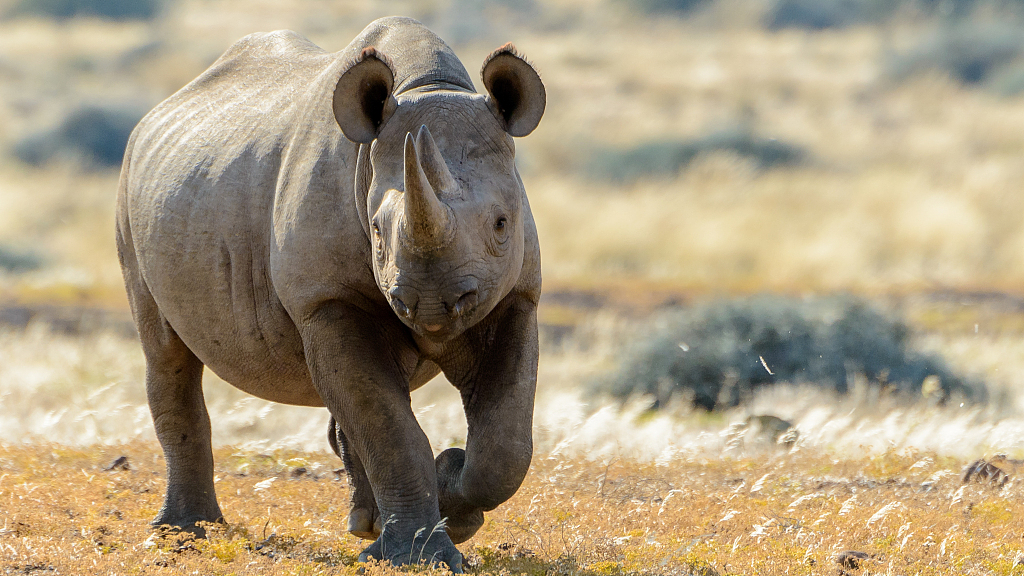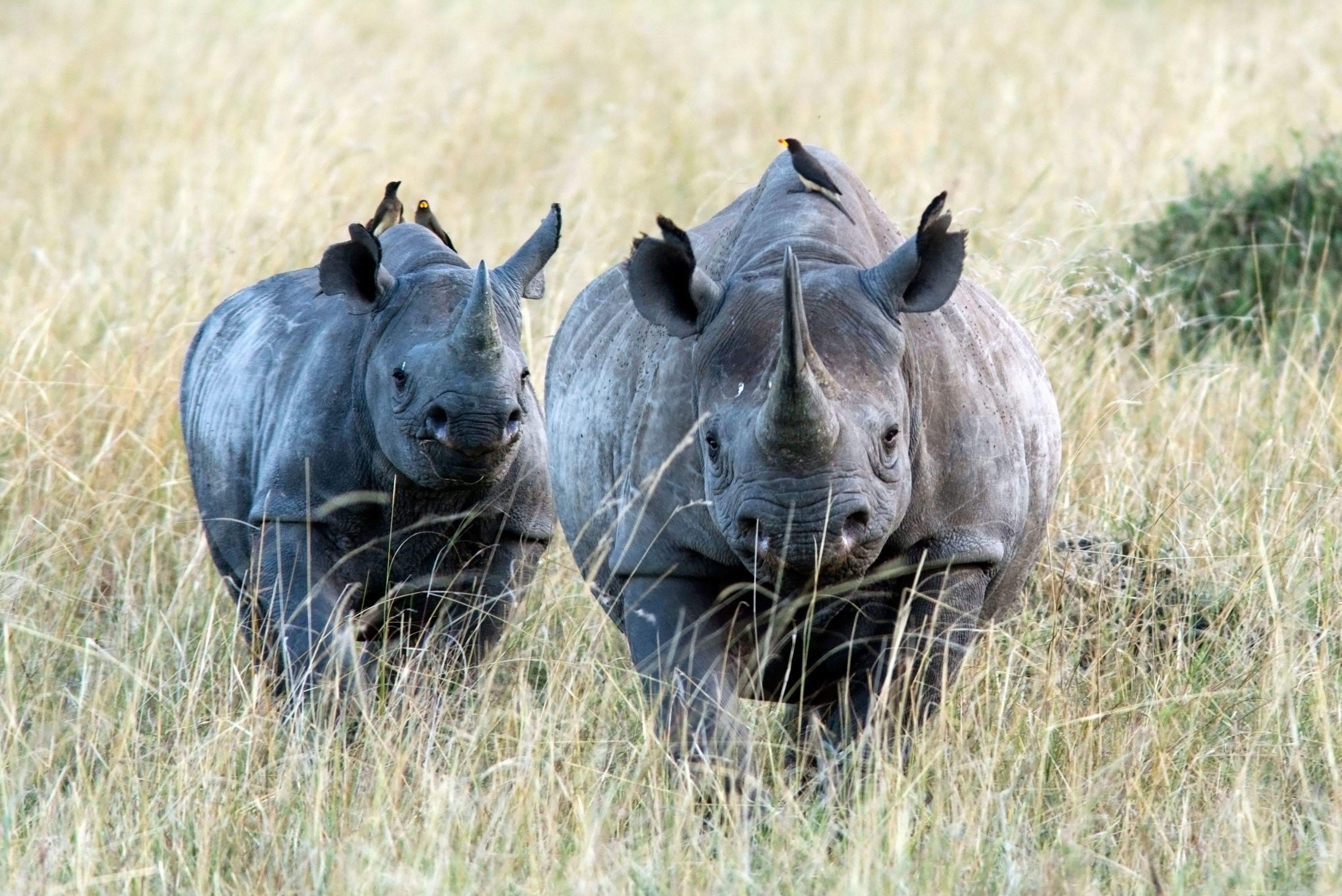
predators and more competitors) within Addo section could be affecting the reproductive physiology of the rhinoceros negatively.

Females in Addo had a longer inter-calving interval and were less likely to be pregnant ( P < 0.05) compared with those in Nyathi. Although FAM peaked in the spring, when the majority of calves (40%) were conceived, no seasonal patterns in male androgen concentrations were found with respect to month of conception and parturition. Positive relationships were found between monthly temperatures and FPM from non-pregnant females ( r 2 = 0.25, P = 0.03) and the percentage of calves born ( r = 0.609, P = 0.04). Mean FPM concentrations from pregnant females were seven times higher ( P < 0.05) than samples from non-pregnant rhinoceros. As biotic factors could impact reproduction, we predicted that demographics, FPM and FAM would vary between sections and with respect to season (calendar and wet/dry), climate and age of the rhinoceros. Faecal samples ( n = 231) were collected (from July 2007 to November 2010) from known individuals and analysed for progestagen and androgen metabolite (FPM and FAM, respectively) concentrations. These sections were separated by a public road, and the numbers of elephants, predators and tourists were higher in Addo.

To overcome these challenges, non-invasive methods were used to monitor rhinoceros in two sections of Addo Elephant National Park, South Africa, namely Addo and Nyathi. Black rhinoceros are an icon for international conservation, yet little is known about their physiology due to their secretive nature.


 0 kommentar(er)
0 kommentar(er)
